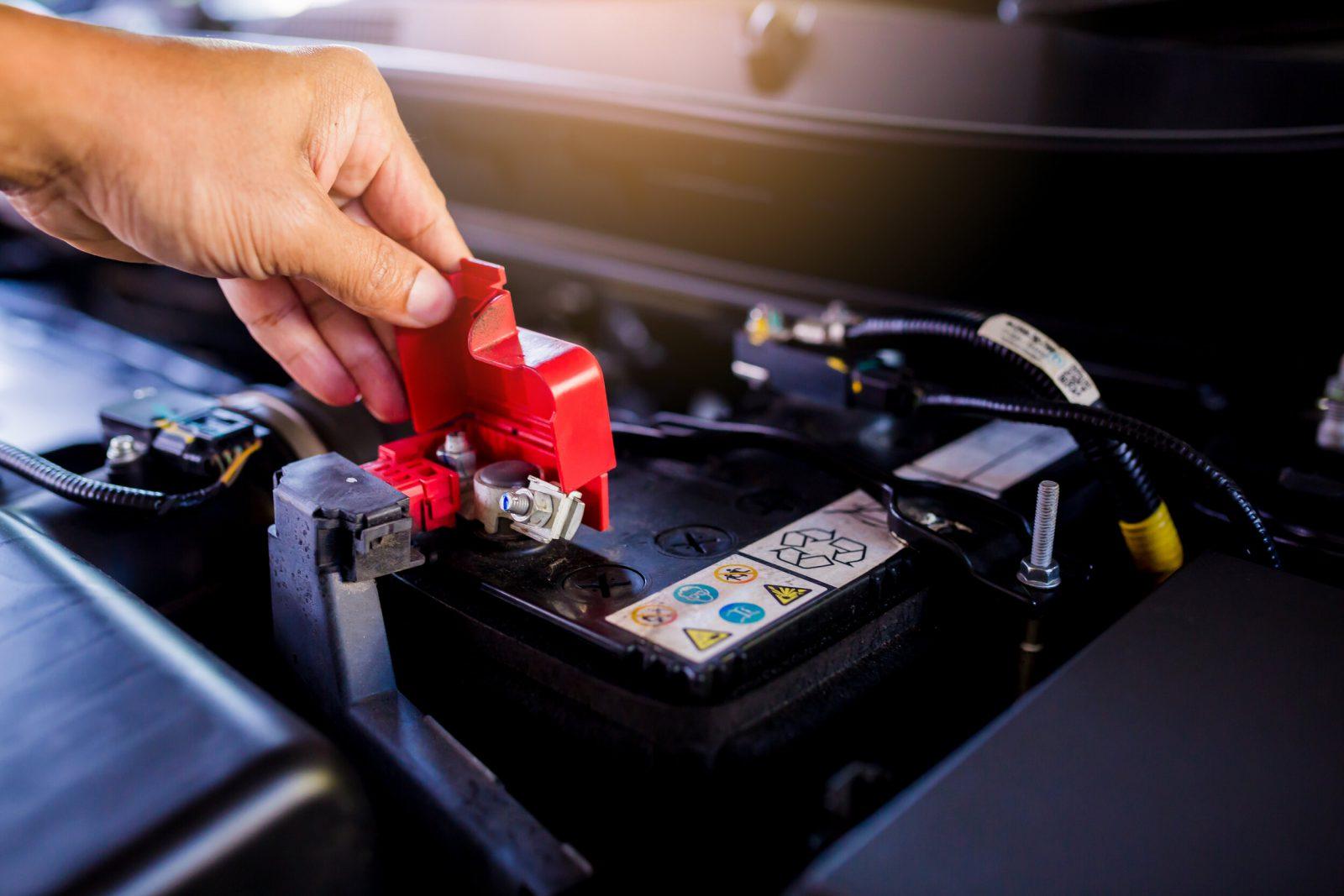Battery is a critical component that gets your car going. Its health affects whether your vehicle can run smoothly or at all. Your car battery, like every thing else inside your complex machine, requires that you grasp all the basics so that you can perform all necessary maintenance jobs in your own home.
However, car battery is often overlooked by many car owners who think they only need to pay attention to the engine. Do not make such beginner’s mistake. Learn everything that every car owner must know about your car battery with this comprehensive guide, including how batteries work, how long they last, the different types plus important maintenance tips.
Contents
Car Battery Basics
What does car battery do?
The battery is the vital component that gets your car running. Without it, you’re not going anywhere. Batteries are composed of “cells”. These cells are what contain the actual energy needed to start and run your car.
When you turn the key, a chemical reaction occurs inside the battery. The battery converts this chemical energy into the electrical energy and it delivers this electrical energy to the starter to power your car.
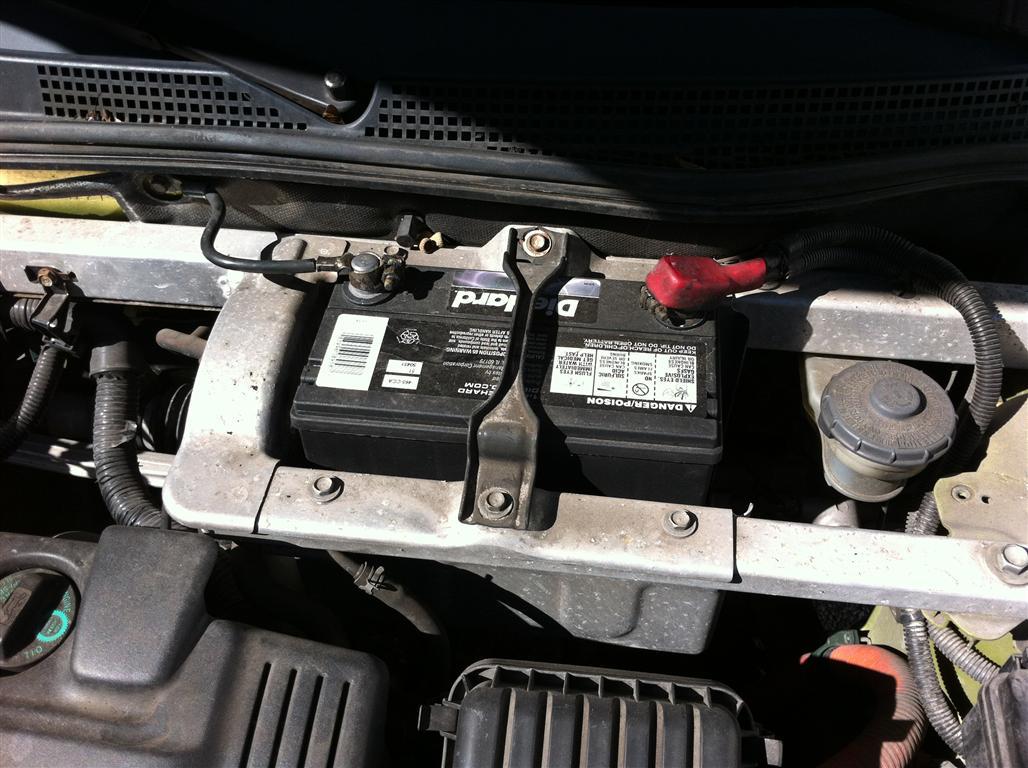
Power to run the car is stored in the battery and is measured in voltage. A battery is fully charged when it holds 12.6 volts or above. When a battery goes down to 12.2 it is only 50% charged, and when it is below 12 volts the battery is “dead” and needs to be replaced.
Not only does your battery provide the energy required to start your car, it’s also stabilizing the voltage in order to keep your engine running healthily.
What happens if you have a weak battery?
When you have a weak battery, your car ends up putting additional stress on the charging system or the alternator and the starter motor. These parts can malfunction because they’re drawing excessive voltage to compensate for the lack of battery power. If you do not inspect, test and charge or replace your car battery if needed, you could wind up replacing expensive electrical parts–typically without warning.
How long does car battery last?
Car battery lasts, on average, three to five years. Once your car battery is over three years old, it is time for close monitoring.
To know how old your battery is, you can check the four- or five-digit date code on the cover of your battery case. The first part of the code is key and consists of a letter and a digit, for instance D11. A letter is assigned to each month: A for January, B for February and so on.
The number that follows denotes the year: for instance, 8 for 2008, 9 for 2009, 0 for 2010, 11 for 2011, 12 for 2012 and so on. So “D11” means in April 2011, the battery was shipped from the factory to local battery wholesale distributors.
READ MORE
Types of car battery
1. Lead acid batteries
Lead acid batteries are the most common type of car battery, which rely on a lead-acid chemical reaction to get things moving. Lead acid batteries fall into the “SLI” category, which stands for “starting, lighting, and ignition.” SLI batteries provide short bursts of energy in order to power your lights, accessories, and engine.
Once the battery jolts the engine to life, power for the car is supplied by the alternator. Most vehicles come with a generic SLI battery from the factory.
This category is further divided into flooded, gel and Absorbed Glass Mat. All three types work under the same concept: one lead plate and one lead oxide plate are submerged in an electrolyte solution of sulfuric acid that triggers a reaction between the two plates.
A combination of such two plates is called a cell, where the chemical energy is stored in the battery. A typical lead acid battery has six cells. Each cell is able to produce about 2-volts of energy. In most car batteries you have six cells, and therefore a 12-volt battery.
The sulfuric acid will trigger a reaction on the lead dioxide plate, causing the plate to produce two things: ions and lead sulphate. The ions produced by the lead dioxide plate react to the adjacent plate to produce hydrogen and lead sulphate.
The result is a chemical reaction that produces electrons. The electrons race around the plates and generate electricity. The electricity flows out of the battery terminals to start your engine and power the electrical devices like radio, interior lights and headlights.
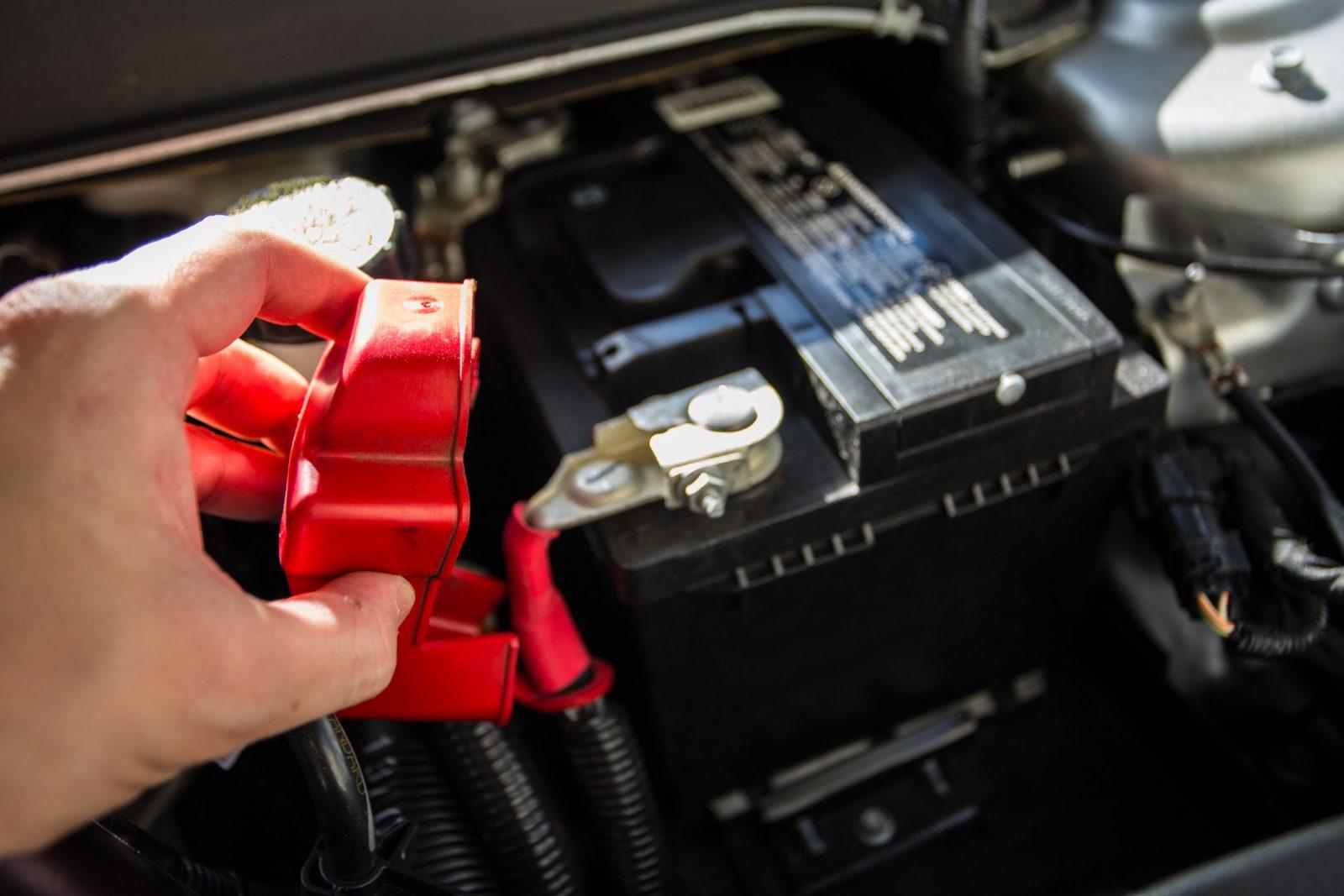
What is interesting is that this chemical reaction is entirely reversible, which is why you can jumpstart your battery and continue to charge it throughout the duration of its life. By applying current to the battery at just the right voltage, lead and lead dioxide will form on the plates and you can reuse your battery until it retires from old age and requires replacement.
While charging a lead acid battery, the battery generates oxygen and hydrogen gas, which can be explosive. This is why batteries are typically mounted under the hood, where they dissipate and do not become condensed. When installing a battery in the trunk, a firewall must be installed to protect the passengers. The battery box must also be vented to the exterior of the vehicle.
The newcomers to the automotive battery realm are lithium ion batteries and NiMh batteries. These batteries are commonly used in rechargeable applications for cell phones and other portable devices. Compared to the old lead acid batteries, these two are very stable and hold a charge for a long period of time, with the ability to release that charge quickly.
2. Lithium Ion batteries
Lithium ion batteries are very similar to NiMh batteries below. Lithium batteries are the most efficient car battery type and hold a static charge for the longest, which explains their whopping price. These batteries are becoming more prevalent in high-performance applications, especially where performance requires the batteries to be as light as possible.
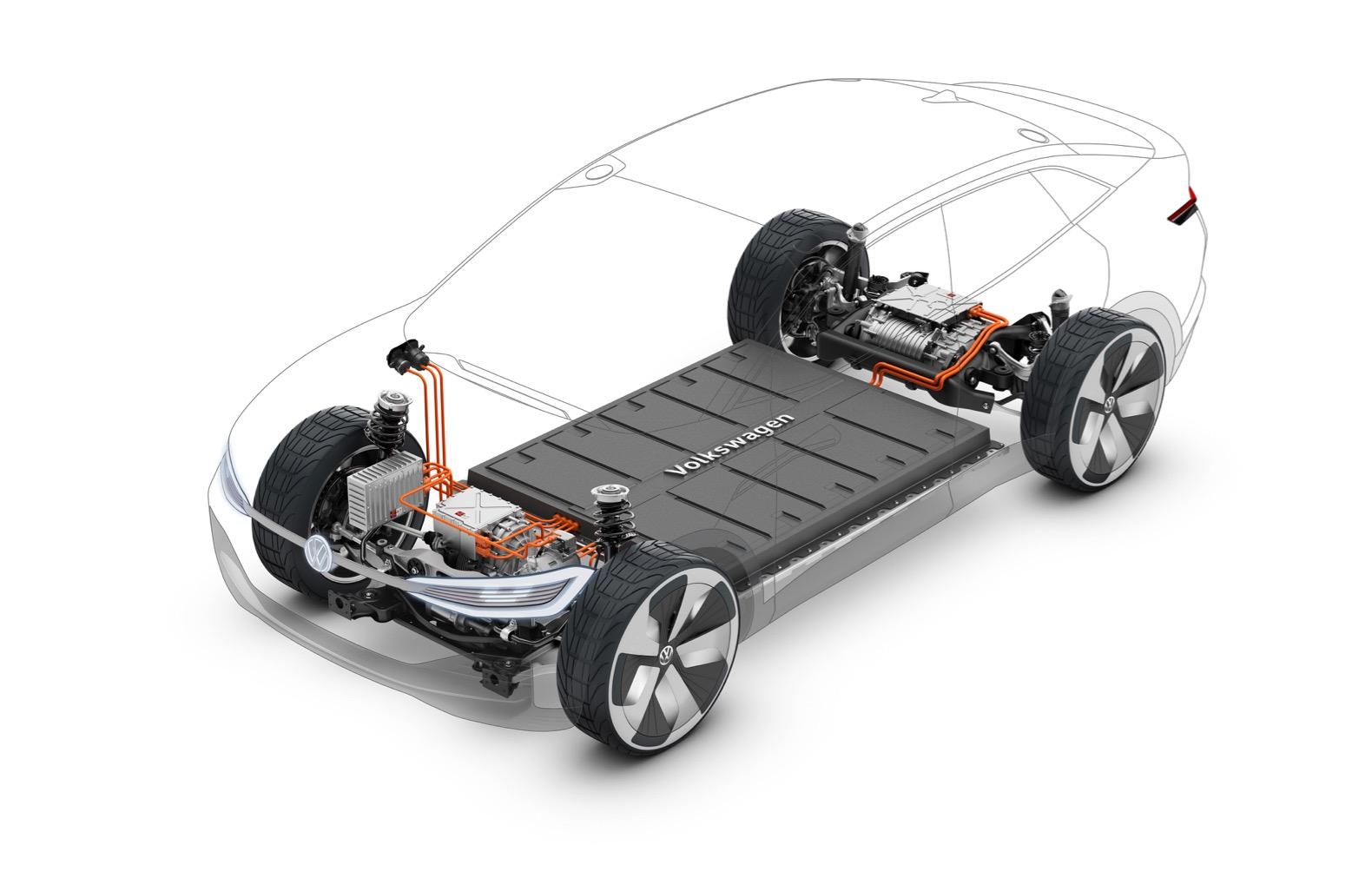
In fact, Porsche recently replaced the conventional lead acid batteries, which typically weigh around 40 pounds, for Lithium Ion, which weigh only about 13 pound. Such an upgrade came with a replacement cost of $1700.
A downside is Lithium Ion batteries are not ideal for use in very cold weather, as they can be damaged in temperatures below freezing. Another is their short lifespan.
If the voltage of a lithium-ion cell drops below a certain level, it’s ruined. Lithium-ion batteries age like the other types and they only last two to three years, even if they are sitting on a shelf unused. Most lithium ion battery packs will not last until the five year mark.
3. NiMh batteries
NiMh batteries charge fast, but they have a faster discharge rate when idle. These are the type of car battery used in hybrid vehicles.
NiMh batteries use hydrogen-absorbing alloy as the negative electrode, and nickel oxyhydroxides as the positive side.
READ MORE
How to know when your car battery is bad
Making sure your car battery is charged properly is critical to maximizing its life and better gives you an enjoyable and hassle-free driving experience with your vehicle. The most common signs that your car battery needs charging or must be replaced:
- One of the most obvious signs is the warning battery light illuminated on the dashboard.
- Headlights are dim. When the battery is weak, it does not have enough power to run your car’s electrical components.
- You hear a click, or nothing at all, when turning the engine.
- Engine cranks slowly when starting.
- You need to press on the gas pedal to start.
- No-starting: The car just refuses to start.
A super convenient way to find out if your battery has enough charge is to use a multimeter. A multimeter measures how much voltage your car’s battery is currently storing, or how much power is stored in the battery.
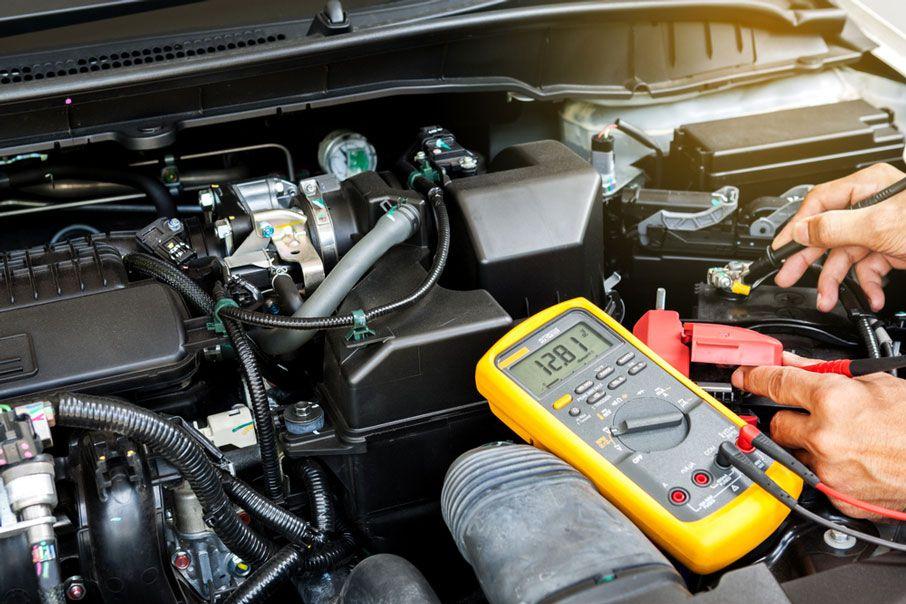
It is a simple tool to test the state of your car battery at home and in no time, saving you time and money with the mechanics. You can find a multimeter for as low as $8 on Amazon.
For a step-by-step guide on how to safely test your car battery at home, refer to the comprehensive guides below.
READ MORE
- How To Test A Car Battery With A Multimeter
- How To Test An Alternator: The Complete Guide
- How To Remove A Car Battery Safely
Car Battery Maintenance 101
Lead acid batteries
Lead acid batteries must be charged constantly to maintain that charge. Leaving a lead acid battery on the shelf for 6 months will degrade the battery, especially in extreme cold weather.
Cold weather
Extreme cold weather is a no no for lead acid batteries and Lithium Ion batteries. In severe cold weather, a battery can freeze, which will short out the plates and the battery will no longer charge. When a car battery freezes, the sides of the box will bulge.
Corrosion
Corrosion is a problem with all types of car battery. A little Vaseline on the terminals goes a long way to protect against corrosion. Another solution is liquid electrical tape, which creates an airtight seal, but it has to be cut off before removing the battery cable.
Cables and Terminals
The battery can only do its job when the connections are intact. Corroded cables and terminals or loose fitting terminals can limit the alternator’s ability to charge the battery and provide power to the car.
All terminals must fit tightly so that you cannot wiggle them by hand. You have to be careful with side-post terminals, as you can strip the threads and actually break into the case, causing electrolyte to leak out.
READ MORE

